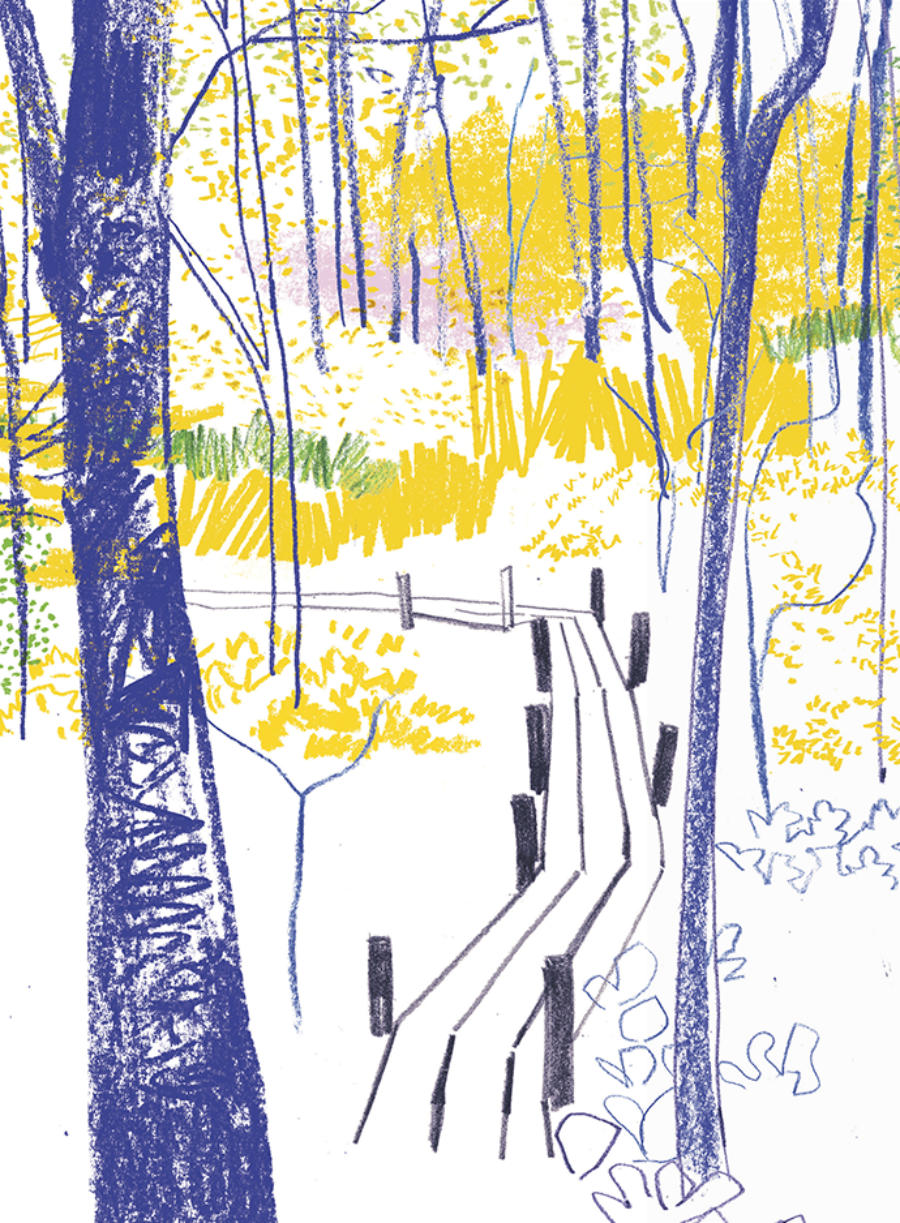
Illustrations by Lara Harwood
Ninety minutes west of Boston, up the road from a Benedictine monastery, lies what is perhaps the most studied forest on Earth. Since 1907, when the first of these 3,850 acres of black oak and red maple was donated to Harvard University, researchers have been designing experiments to better understand the woodland ecosystem—including the longest-running climate-change simulation ever conducted. Around dawn one morning in October, I arrived at a redbrick laboratory at the edge of the forest to meet Clarisse Hart, a graduate student in the forestry program at the University of Massachusetts Amherst who has been the director…






























































































